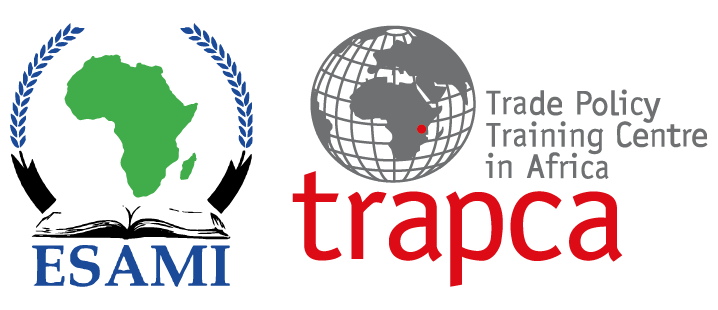Course overview
The course is geared at improving the awareness and understanding of quantitative methods, which in turn can contribute to evaluations of development and poverty effects of negotiation positions and outcomes as well as domestic trade-related policy choices. The objective of the course is to introduce the participants to key tools of analysis in common use among trade economists. This will cover hands-on exercises with some partial equilibrium models and various trade indicators. The participants will have the chance to extract data from UN COMTRADE and the UNCTAD/World Bank WITS/TRAINS databases and to compute the indicators. Participants will also learn how to interpret the results of their work. Also introduce and familiarise participants with different sources of trade and trade policy data, and the latest available analytical techniques, including partial and general equilibrium models. Particular emphasis will be placed on the methodological aspects, as participants are strongly encouraged to further use and disseminate the knowledge and materials presented in their research activities.
Course objectives
Content
Target group
Officials from Trade and Trade Related Ministries and parastatals, officials from Regional Economic Communities, Negotiators, and Regional Integration Practitioners. Ministries of law including attorney general offices, ministries of foreign affairs, ministries of trade and finance etc
Duration
2 Weeks
Venue and Date
Venue: Kampala, Uganda
Date: 3 – 14 June 2024
Course Fees
$1,600
